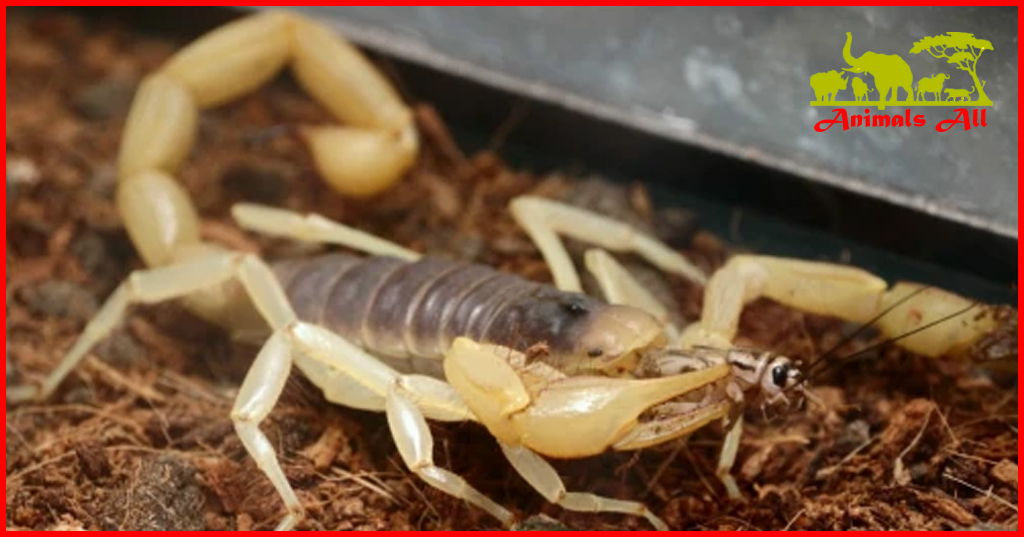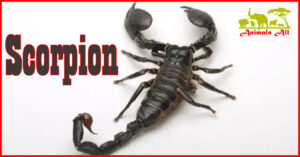
Amazing story of Arizona Desert Golden Scorpion
The Arizona Desert Golden Scorpion (Hadrurus arizonensis) is a large, ambush-attack arachnid native to the deserts of the southern United States and Mexico . The scorpion is typically yellow, brown, or light green in color, with a darker back. It burrows beneath sand and rocks, and attacks insects and small vertebrates with its sting, which it then uses its mouthparts to hold onto incapacitated prey. Fully grown, it can be 10 to 18 centimeters in length. Although painful to humans , the sting is usually not life-threatening.
Morphological characteristics
The desert golden scorpion is a large desert scorpion species endemic to North America and the largest scorpion in North America.

They have a slender body, strong and powerful chelicerae, a long tail, a large poison sac, a short and thick stinger, and well-developed tactile hairs on the entire tail, with the most tactile hairs at the poison sac. The body is blue-brown or lead-gray, the front end of the head is yellow-brown, the chelicerae, walking legs and abdomen are all yellow-brown, and the end of the stinger is black.
Living habits
The Arizona Desert Golden Scorpion lives in arid desert or semi-desert areas. It has a digging behavior and rarely moves during the day, hiding under rocks, fallen trees or in caves. At night, it likes to ambush prey near cave entrances. If you shine ultraviolet light on it, you can see it glow.
The Arizona Desert Golden Scorpion is a solitary species that will engage in a life-and-death struggle when it encounters a competitor of its own kind.
Due to their large size, these scorpions are able to prey on other smaller scorpions, which they often do.
While buried in the sand, they can use the fine hairs on their bodies to detect the movement of prey on the sand. [1]It feeds on various insects (such as crickets, grasshoppers, spiders), other scorpions, small reptiles (such as small lizards), etc.
They are ferocious, but not very vicious to humans. Although they are desert scorpions, their LD value is only 1.1mg/KG, which is not very dangerous to humans.
Reproduction method
When a male and female scorpion meet, the first thing they do is to see if they are both in a mating state. If so, the male will grab the female from the side and perform up to 10 “courtship stings” to subdue her, then use his pedipalps (stinging limbs) to grab the other’s stinging limbs and drag them back and forth on the ground, looking for a suitable mating spot. Once found, the male scorpion will release sperm from his abdomen onto the ground, and then pull the female scorpion who agrees to mate onto the sperm. The sperm will enter the female scorpion through small holes in her abdomen and fertilize her eggs.
If the male scorpion does not flee quickly after mating, the female scorpion will capture and eat it.
The young scorpions hatch after about 6 to 12 months, and the mother scorpion can give birth to 25 to 35 young scorpions at a time. The young scorpions will climb onto their mother’s back and be carried by her as she travels around the world. By the time the young scorpions are 3 weeks old, their bodies have become strong enough after molting and they can survive on their own. These young scorpions reach sexual maturity at the age of 4 years.

